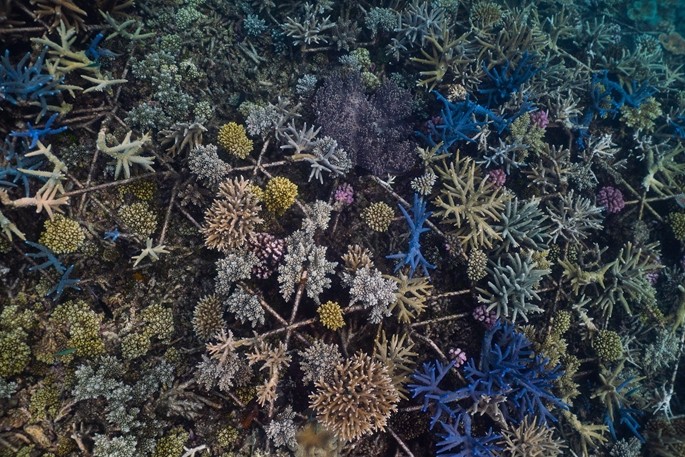Conservation projects on the Great Barrier Reef are becoming more visible to the public as tourism operators showcase the important role they play in caring for the world’s largest and most diverse reef.
Tourism Tropical North Queensland chief executive officer Mark Olsen says the region’s marine tourism industry had been a key partner in the protection and management of the Great Barrier Reef for decades.
“The Tropical North Queensland reef fleet invests in the future of the World Heritage area by undertaking research and providing the infrastructure to assist scientists to access the reef helping to make the Great Barrier reef the best managed reef on earth and the gold standard for global reef management.” he says
“Travellers are increasingly wanting to understand what is being done to help the Great Barrier Reef as ecosystems around the world face the challenges of climate change.”
New tours are helping visitors understand the dedicated actions and innovative actions of the tourism industry on the Great Barrier Reef, including opportunities to assist with data collection, removing the coral-eating Drupella snails among“New tours are helping visitors to understand the innovative and dedicated actions of the tourism industry on the Great Barrier Reef with opportunities to assist with collecting data, remove the coral-eating Drupella snail and caring for injured turtles among the available activities.
Mark says the data collection is critical in determining if the reef environment is changing and the tourism operators have been the eyes and ears that monitor the reef for more than three decades alerting scientists to any threats it may face and undertaking stewardship activities such as reef restoration and removal of predators when necessary.
“Quicksilver’s Reef Biosearch is the largest employer of marine biologists outside government agencies and their 30-year logbook database on the Great Barrier Reef was the precursor to the Great Barrier Reef Marine Park Authority’s Eye on the Reef program.”
“Importantly, tourism operators showcase the World Heritage area to the public and educate visitors that everyone can play in helping to conserve the Great Barrier Reef and other environments they care about.” he says.
Living coral biobank
Great Barrier Reef Legacy is creating the world’s first living coral ark to preserve the Great Barrier Reef’s 400 species of hard coral at the Cairns Aquarium. The project will safeguard corals so there are specimens available for reef research and restoration efforts should they be required to restore coral biodiversity on the reef. The Great Barrier Reef Legacy team has collected almost 200 hard corals from the Great Barrier Reef representing half of the World Heritage Area’s hard coral species for a living coral biobank. Great Barrier Reef Legacy will launch the yet-to-be named biobank later in April and is seeking funding to get out on the reef and collect all 400 species of hard coral to complete the collection. The Godfather of Coral, Dr Charlie Veron, who has identified more species of coral than any other scientist is part of the group working to build the coral ark.
See it: The Cairns Aquarium will be operating living coral biobank tours throughout the day when the biobank opens later in April for people to see the collection and learn about the different species being stored.



